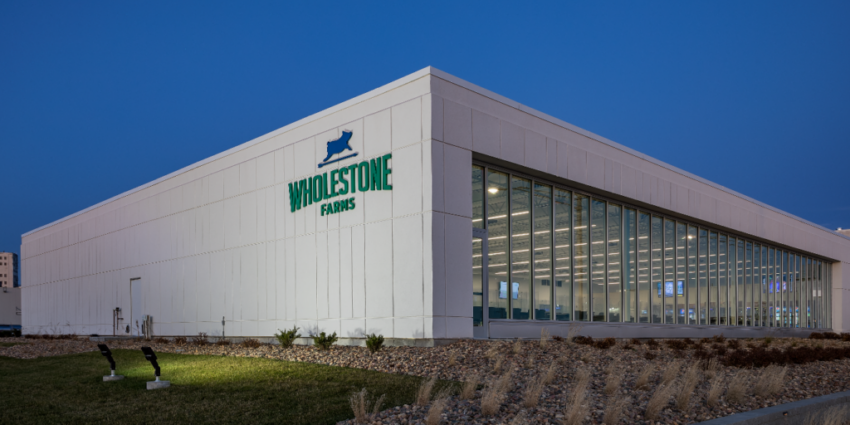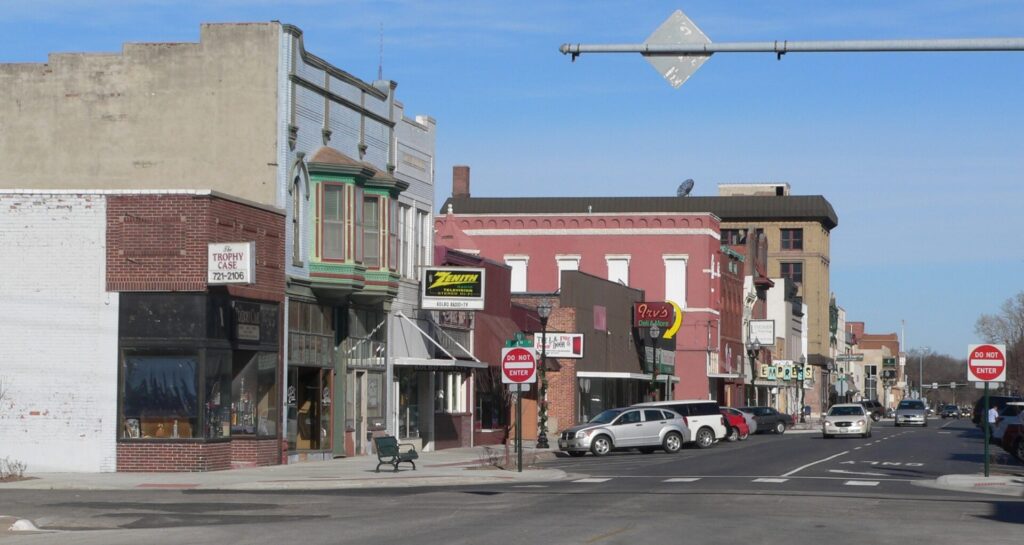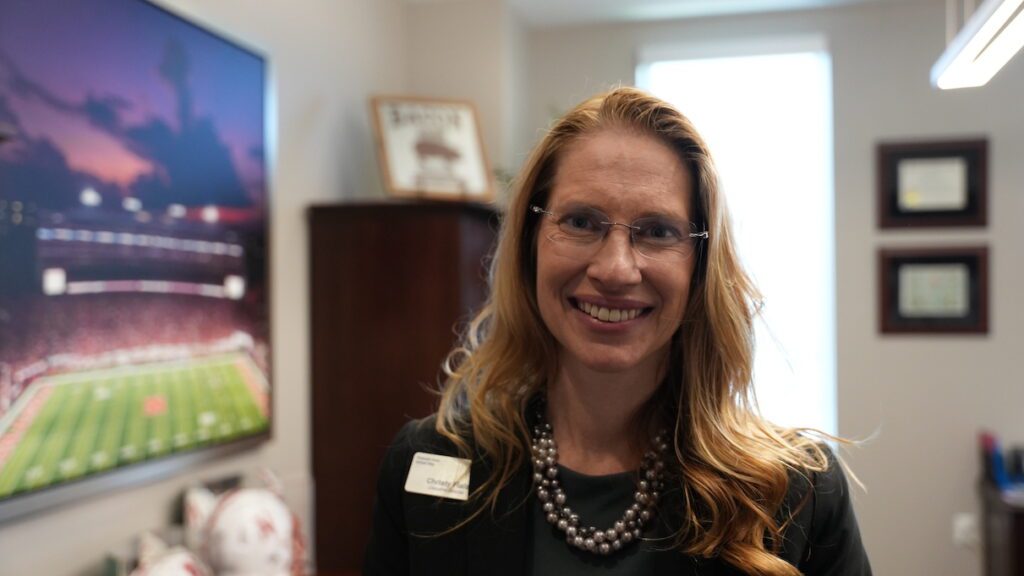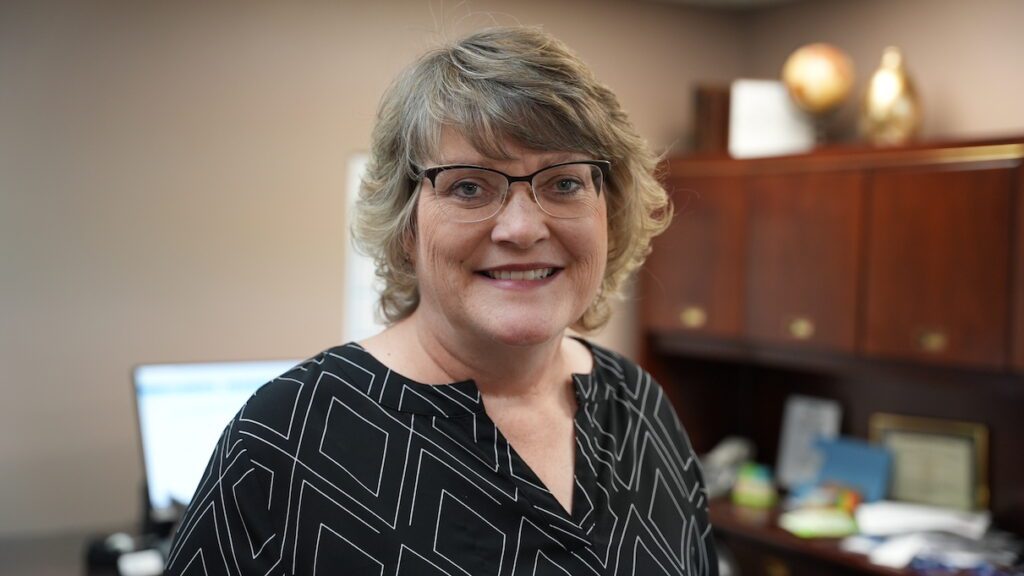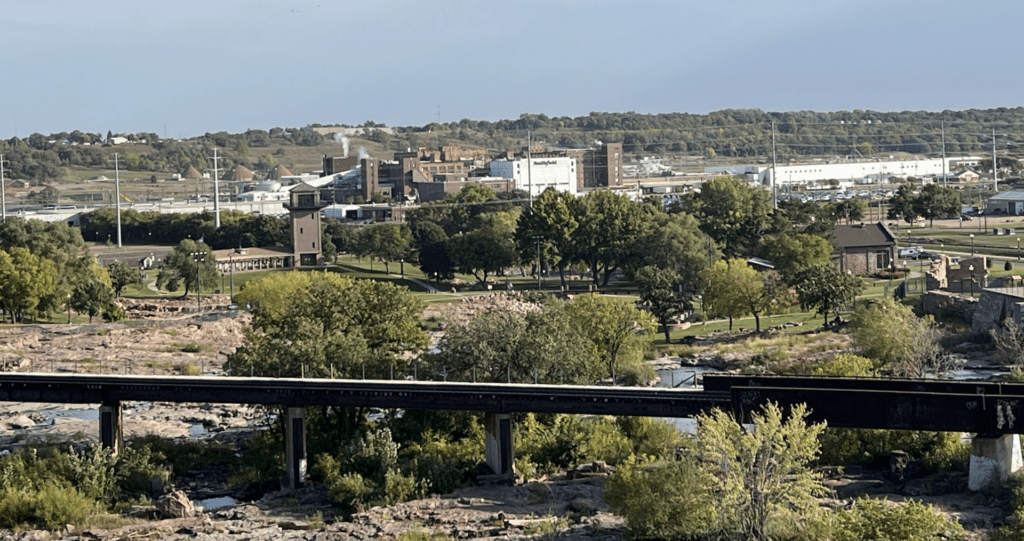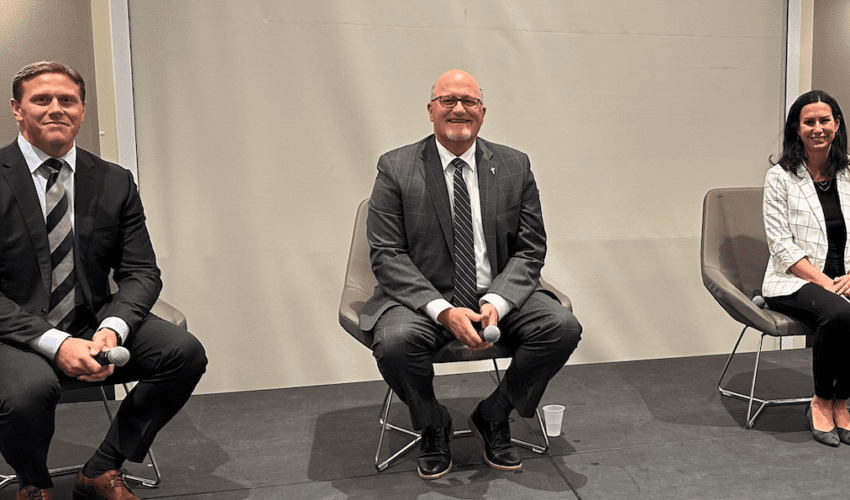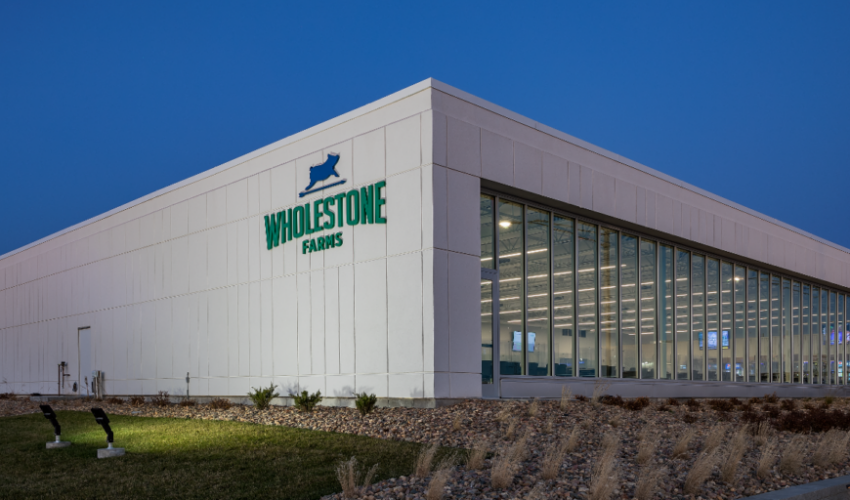Jodi’s Journal: In considering Wholestone, listen to its neighbors
Oct. 9, 2022
The fatigue factor is a real thing.
There’s a whole list of things I could blame: the decline of daylight, the rising cost of daily living, seasonal allergies, circulating viruses – again – some employment uncertainty and just the seemingly general unpredictability of life.
And then, of course, add in an election year. So we can point to political fatigue layering onto all of this too, right?
As I have for nearly six years, our publications don’t accept political advertising. We occasionally have partners write about certain issues that venture into politics, but you won’t see an ad for a candidate or ballot issue on either SiouxFalls.Business or Pigeon605.com.
There are many reasons for that, but reader fatigue is right up there. I want our publications to be a place where you can learn about all the other factors driving our business and broader community.
But when business and politics intersect, I have no choice but to address it in the most credible way we can. I’m sure I could have dedicated many more stories in recent and upcoming weeks to the ballot issue involving slaughterhouses in our community.
Before I go any further, though, can we just address the use of the word “slaughterhouse?” I’ve been covering this industry for many years, and I have always called these facilities meat processing plants. Of course, that doesn’t sound as scary or inflammatory as “slaughterhouse,” but it’s the more accurate term.
I digress. I just can’t justify covering every legal maneuver, advertising tactic and endorsement on either side related to this issue. That’s available elsewhere if you’re interested.
But I do think you might be interested in what I found out when I started making some calls to Fremont, Nebraska.
If you want to know the real story on someone, it’s always a good bet to ask the next-door neighbor.
In this case, I asked several people in Fremont about their experience with Wholestone Farms. The company opened in Fremont in 2018 after buying the processing facility from Hormel Foods. Wholestone then began a multiyear agreement to supply pork raw materials to Hormel.
To be fair, Fremont is not Sioux Falls. It’s a community of about 27,000 people between 30 and 45 minutes from Omaha. It also has processing plants for chicken and beef. This is a huge part of the community’s economy, so they were understandably a bit nervous when a new player came to town. They also have a lot of experience knowing that not all processors treat a community the same.
“Wholestone has done everything they said they were going to do,” said Mayor Joey Spellerberg, who took office in late 2020 and also owns a travel agency. “They treat their employees extremely well. They have a great benefit package. It’s a great workplace. Not once have they not been willing to answer our questions. It’s a great partnership, for sure.”
As a reporter, I can tell you Wholestone has never been unwilling to answer my questions. Board chair Luke Minion did this interview with me earlier this year and didn’t shy away from anything:
Here’s something else you should know about Wholestone.
Executive director Christy Fiala of the Fremont United Way shared with me that about half of Wholestone’s workforce chooses to have a United Way deduction taken from their paycheck, and Wholestone 100 percent matches that donation. The company also supports its employees volunteering and did so in a big way when the town suffered catastrophic flooding in 2019.
“My overall impression of Wholestone is they come to a community looking to say and see how they can assist, how they can partner,” Fiala said. “I have just been so impressed. They use their expertise to serve the community. They serve on a number of boards for nonprofits, which is incredibly helpful. They organize volunteers. Those are two examples of many. I wouldn’t say that about every organization in this community, but I am adamant to say it about Wholestone because that’s exactly what they’ve done.”
I also talked with Diane Mallette, chair of the board of the Greater Fremont Development Council, which is the economic development arm for the area. She’s also an executive for a local manufacturer that supports the construction industry.
“No. 1, as far as a steward in the community, you can’t get a better company,” she said. “When they came in, everybody was nervous when they bought Hormel. I think everybody thought it was going to be cut and kill and not ham and hot dog processing, and to be honest that’s not been an issue at all. They thought the higher-level positions would go away, and not so. And it’s a very, very clean operation, state-of-the-art. They’ve done so many improvements it’s amazing.”
I didn’t know what to expect making these calls, but it was eye-opening to hear such effusive praise.
And in fairness, I think the opponents to Wholestone’s plan likely would tell me they don’t hold any ill will against the company itself. It’s hard to argue with a business model that promotes local producers becoming part of the operation and has a stellar track record as a company, as best we can tell.
Their concern, as I understand, is with the facility’s location, as their initiative would mandate any new processing plants be built outside the city limits.
There are two points with this ballot measure, as written, that I think are worth considering.
First, the city limits of Sioux Falls change sometimes as fast as monthly. There are continual annexations. So today’s project outside the city limits can become tomorrow’s “island,” technically not annexed but with city property growing around it.
Second, my biggest issue with the initiative as written is that it allows Smithfield to continuing expanding downtown.
Not long ago, I stood on the top floor of the new 10-story Bancorp building at Cherapa Place and looked out at Smithfield in the distance. If we’re going to have a conversation about the suitability of certain locations for meat processing, my hope is that we also can talk about how we might persuade Smithfield to build somewhere else – or even partner with Wholestone, as Hormel did. That conversation can and will never happen if Smithfield’s only option is to expand downtown. The company owns enough land to do so, and by passing this initiative, our community will ensure that’s the only place Smithfield’s growth will occur.
So let’s deal with the elephant in the room, shall we? The question I asked my Nebraska interviewees and my guess is the major reason for opposition.
How bad is the smell?
“OK, so, we’re right at their back door,” Mallette told me. “I mean, our plant is not very far away at all. We’re right down close to them. And on occasion – and it’s not very often – you might have a smell, and it doesn’t last long. It might be early morning, and by the time I go out for lunch, it’s gone. I will say they have new measures they said they’ll be putting in place, and they’re working on those, and it will improve even more. It’s way better than it used to be when it was Hormel, and they’re working on making it better.”
When I asked Fiala at the United Way, she just laughed.
“Yep, people want to know,” she said. “I live about a mile from the plant, and I work probably less than that, about a half-mile, and I do not smell them. I do not. And I have also spent a lot of time in the plant with United Way, and it’s beautiful. It doesn’t smell. And they manage a clean, professional environment.”
She also has a number of friends and family who work at Wholestone, “and I would hear from them if there were issues, and I’m not hearing anything different than what I’m telling you,” she said.
I gave the mayor a pass because I figured you’d second-guess what an elected official might claim anyway.
Keep in mind, a new plant with a new, cutting-edge filtration system is the best chance this community has to accommodate ag-related jobs that serve a broad demographic while addressing the elements that cause some to shy away from them.
I wish the community didn’t have to vote on this at all and that those opposed could have worked with Wholestone to ensure the highest possible mitigation of any environmental factors of concern. That’s typically how we do things in this community.
No matter how you ultimately vote on this issue, I thought you should know what I found out when I went asking those I believe would know best how this company does business and what sort of community impact results from its presence.
Postscript: For those who are not familiar with Wholestone’s proposed location, it’s on 170 acres in the area of Benson Road and Interstate 229, near Gage Brothers Concrete Materials. I’m told some are not clear on this and some even think it’s proposed for downtown!

